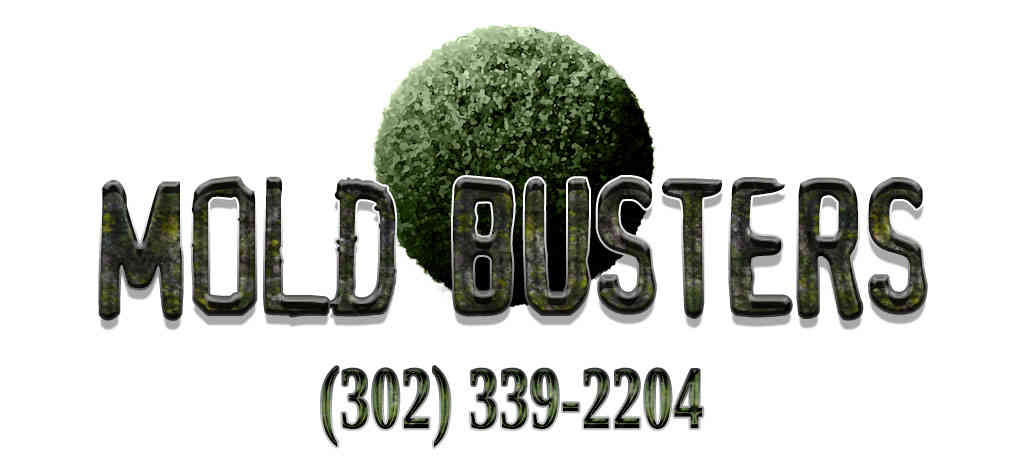Efflorescence patterns are also sometimes mistaken for mold growth. When moisture migrates from the exterior through concrete, it dissolves some materials in the concrete. When the moisture evaporates on the inner side of the concrete wall, this material remains behind, sometimes looking like clumps or lines of fuzzy growth. This material is made of minerals, not mold; still, the presence of efflorescence indicates a moisture-intrusion problem in a basement. Mold requires moisture for growth, so you want to keep water out of your basement.
Efflorescence on a foundation wall (picture above). If your basement has ever experienced water intrusion from the exterior, confer with a landscape professional to see if the land outside your home needs to be regraded away from the foundation wall. There are also other ways to direct water away from the house, such as the installation of a foundation “skirt,” impervious material that is attached to the exterior of the foundation and that slopes down and away from the house about a foot below the surface. If your house is located next to a hill, you can have a berm (or swale) built to direct water away from your house. If you have a high water table in your neighborhood, you may have to install a sump pump. Before installing a French drain system, however, check conditions outside your home that may be causing waterintrusion problems in your basement.
For example, many water problems in basements are caused by poor control of roof water at the exterior. Keep your gutters and downspouts clean, and check to be sure downspouts are connected properly and are directing water away from the foundation. If needed, add splash blocks or insert the downspouts into underground piping by installing 4-inch solid PVC piping buried about two inches below the soil, and extending to daylight downhill from the house or to the edge of a landscape furrow. An easy way to test for drainage problems is to run water from a hose at the end of a downspout and see if water enters the basement. Mold can also grow in basements that haven’t had water intrusion. Basements are naturally cool and damp. As air cools, its relative humidity (RH) rises. Some mold species can flourish when the RH exceeds 50%, even in the absence of liquid water from water intrusion or pipe leaks. All below-grade (below ground-level) spaces must therefore be dehumidified in the humid season (in a four-season climate, that means approximately mid-April to mid-October). Use a dehumidifier that’s adequate for the space. Attach the machine to a condensate pump so that it drains directly into a sink or to the exterior so the machine won’t turn off when the reservoir is full. Measure the RH separately with a thermo-hygrometer, available in many home supply stores. In a basement, the RH should be at or below 50%. Air conditioning can help control the RH, but if your thermo-hygrometer confirms that the RH is over 50%, add dehumidification. Believe it or not, mold can subsist on the dust captured in fiberglass insulation, if installed below-grade.
